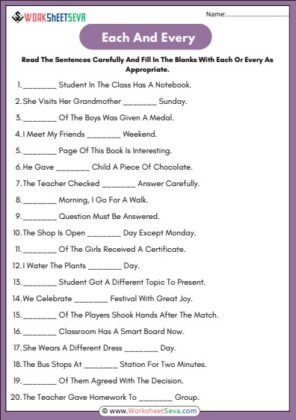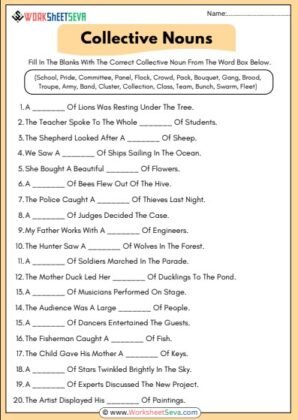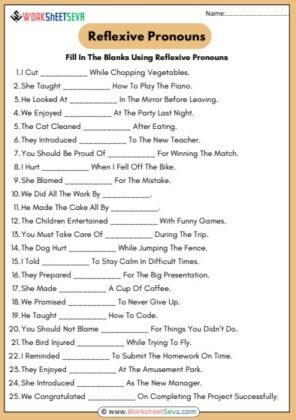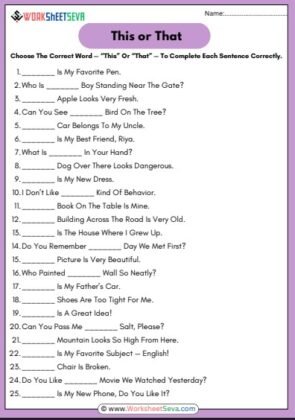Language learning becomes fun and simple when children understand how words change based on gender. Our “Change The Gender Worksheet” is a perfect English grammar exercise designed to help learners identify and convert masculine gender words into their feminine counterparts.
This engaging worksheet helps students build vocabulary, improve grammar skills, and learn real-world examples of gender nouns used in daily English communication.
If you are a parent, teacher, or student searching for Change The Gender Worksheet, this post will guide you through its purpose, benefits, answers, and practice tips to enhance English grammar fluency.
What Is a Change the Gender Worksheet?
A Worksheet is an English grammar learning tool that helps students understand the difference between masculine and feminine nouns.
In English, every noun that refers to people or animals has a gender. For example:
- Masculine Gender: refers to males (e.g., king, father, son).
- Feminine Gender: refers to females (e.g., queen, mother, daughter).
The worksheet provides a list of masculine nouns with blank spaces where learners write their corresponding feminine forms. This exercise strengthens grammatical understanding and vocabulary recall.
How This Worksheet Works
This Worksheet contains 40+ questions. Each question lists a masculine word (like “King” or “Lion”) followed by a blank space for learners to fill in the opposite gender form.
Here’s how the format looks:
King → ___________
Prince → ___________
Actor → ___________
Nephew → ___________
Lion → ___________
Learners simply write:
King → Queen
Prince → Princess
Actor → Actress
Nephew → Niece
Lion → Lioness
This activity encourages active recall and helps students memorize common gender pairs.
Examples and Answers from the Worksheet
Below are some examples with correct answers from your uploaded “Change The Gender Worksheet”:
| Masculine Word | Feminine Word |
|---|---|
| King | Queen |
| Prince | Princess |
| Actor | Actress |
| Nephew | Niece |
| Lion | Lioness |
| Husband | Wife |
| Father | Mother |
| Man | Woman |
| Bull | Cow |
| Brother | Sister |
| Emperor | Empress |
| Duke | Duchess |
| Horse | Mare |
| Tiger | Tigress |
| Waiter | Waitress |
| Wizard | Witch |
| Son | Daughter |
| Peacock | Peahen |
| God | Goddess |
| Hero | Heroine |
And more examples from the second section:
| Masculine Word | Feminine Word |
|---|---|
| Master | Mistress |
| Monk | Nun |
| Stallion | Mare |
| Landlord | Landlady |
| Gentleman | Lady |
| Sir | Madam |
| Uncle | Aunt |
| Host | Hostess |
| Kingfisher | Queenfisher (rarely used, contextual) |
| Ram | Ewe |
| Bachelor | Spinster |
| Bridegroom | Bride |
| Manservant | Maidservant |
| Father-in-law | Mother-in-law |
| Policeman | Policewoman |
| Poet | Poetess |
| Count | Countess |
| Milkman | Milkmaid |
| Drake | Duck |
| Steward | Stewardess |
English gender nouns have evolved. Traditional pairs like actor–actress are now replaced by gender-neutral words in modern use (actor for both). However, for grammar learning and school-level worksheets, classical pairs remain essential for foundational understanding.
The Worksheet is a must-have educational resource for every young learner of English grammar. It combines fun learning with practical grammar application, ensuring that children not only memorize but also understand gender usage.
With clear examples like King–Queen, Actor–Actress, Brother–Sister, and Lion–Lioness, students learn essential grammar while boosting their vocabulary and writing skills.







